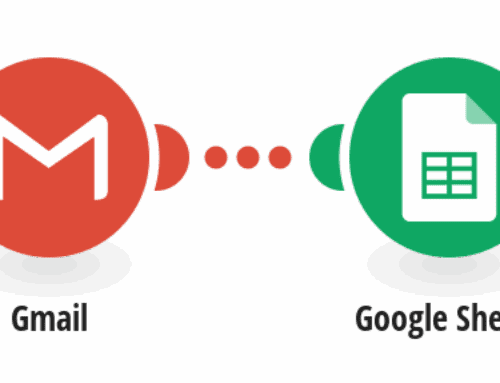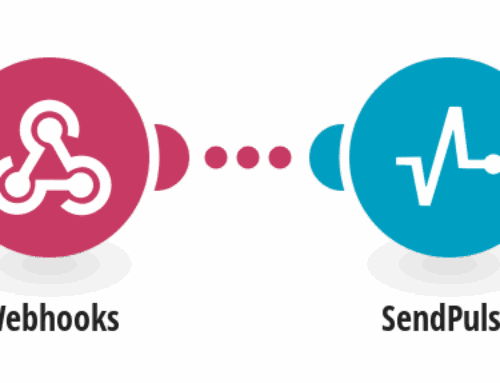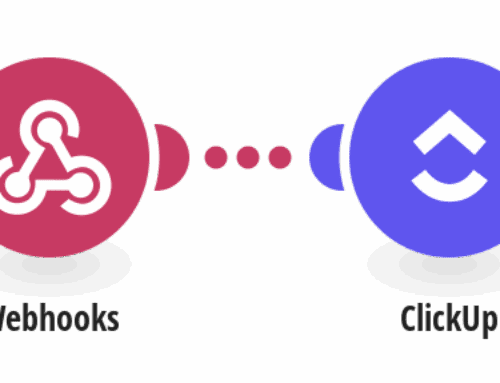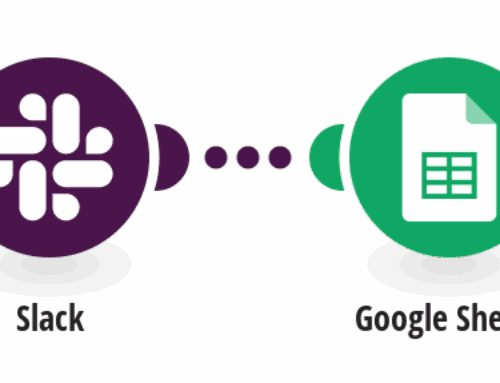“`html
How to Download and Send a Receipt Using Make Templates
Understanding Make’s Automation Capabilities
In today’s fast-paced digital landscape, automation has become a cornerstone of efficiency. With platforms like Make, formerly known as Integromat, tasks that once required manual effort can now be automated with ease. The platform allows users to connect various applications, streamline processes, and enhance productivity without the need for extensive coding knowledge.
Make’s versatility is evident in its ability to handle complex workflows with a simple drag-and-drop interface. This accessibility opens up opportunities for businesses to automate mundane tasks such as sending receipts, thus freeing up time for more critical activities. As we delve into the specifics of downloading and sending receipts using Make templates, you’ll discover how this tool can revolutionize your operations.
What Are Make Templates?
Make templates are pre-built automation scenarios designed to simplify the process of setting up complex workflows. These templates serve as blueprints, allowing users to quickly implement automations without starting from scratch. Whether you need to automate email marketing, data entry, or in this case, receipt management, Make templates provide an efficient pathway to achieving your goals.
By leveraging these templates, users save time and reduce the risk of errors commonly associated with manual setup. Moreover, templates can be customized to fit specific needs, ensuring flexibility and adaptability in ever-changing business environments. The availability of templates for a diverse array of tasks indicates the platform’s commitment to user-friendly automation solutions.
The Importance of Automating Receipt Management
Receipt management is a crucial aspect of any transaction-based business. Ensuring that customers receive accurate receipts promptly not only enhances customer satisfaction but also aids in maintaining transparent financial records. However, manually sending receipts can be labor-intensive, especially for businesses handling large volumes of transactions.
Automation addresses this challenge by streamlining the receipt management process. By implementing Make templates, businesses can automate the generation and sending of receipts, thereby reducing the administrative burden on staff and minimizing human error. This not only improves efficiency but also enables businesses to focus on providing exceptional customer service.
Setting Up Your Make Account
Before diving into the receipt automation process, it’s essential to ensure that your Make account is set up correctly. The first step involves signing up for a Make account if you don’t already have one. This process is straightforward and requires basic information to get started. Once registered, familiarize yourself with the platform’s interface and functionalities.
Ensure that you connect the necessary applications to your Make account. For receipt automation, common integrations might include platforms where transactions occur, such as e-commerce platforms or payment gateways. Establishing these connections is vital for seamless data flow and successful automation.
Choosing the Right Receipt Template
With your account ready, the next step is selecting the appropriate Make template for your receipt automation needs. Browse through the available templates to find one that aligns with your specific workflow requirements. Each template provides a detailed description of its functionality, making it easier to identify the best fit.
Keep in mind that while templates provide a foundation, they can be customized to address unique business needs. Adjust variables such as the format of the receipts, the delivery method (email, SMS, etc.), and the triggering events to tailor the automation perfectly to your requirements.
Customizing Your Receipt Template
Once you’ve chosen a template, it’s time to personalize it to suit your business processes. Customization is where you can tweak the template to reflect your brand’s identity and meet specific operational needs. Add company logos, adjust receipt formats, and modify content to ensure a professional appearance.
Moreover, set triggers and actions that correspond with your transaction processes. For example, you can configure the system to automatically send receipts when a payment is confirmed or an order is dispatched. This level of customization ensures that the automation seamlessly integrates into your existing workflows, enhancing both efficiency and reliability.
Testing and Monitoring Your Automation
Before putting your automated receipt system into full operation, it’s crucial to conduct thorough testing. Testing ensures that every component of the automation works as intended and reduces the risk of encountering issues post-launch. Simulate transactions to observe the automated process in action and verify that receipts are generated and sent accurately.
After successful testing, continue to monitor the automation regularly. Monitoring allows you to catch and rectify potential problems early, ensuring smooth operation over time. It also provides valuable insights into system performance, helping you make data-driven decisions to optimize processes further.
Maximizing the Benefits of Automation
The advantages of automating your receipt management extend beyond just saving time. Automation leads to increased accuracy in record-keeping, reduced operating costs, and improved customer experience due to timely and precise receipt delivery. By adopting automation, your business positions itself to respond agilely to market changes.
Furthermore, with the time saved from manual processes, businesses can reallocate resources to areas that drive growth and innovation. Automation not only enhances current operations but also lays a foundation for future scalability and success.
Conclusion
Embracing automation with Make templates for receipt management is a strategic decision that can propel your business towards greater efficiency and customer satisfaction. By learning how to navigate and customize these templates, you unlock a powerful tool that simplifies operations and enhances your ability to focus on core business objectives.
The journey toward automation may require some initial investment of time and resources, but the long-term benefits far outweigh the costs. Ultimately, the integration of automation will not only streamline receipt management but also reinvent how your business operates in a competitive marketplace.
FAQs
What is Make (formerly Integromat)?
Make, previously known as Integromat, is a platform that allows users to automate workflows by connecting various applications. It enables seamless data transfer across systems without requiring extensive programming knowledge.
Why should I automate receipt management?
Automating receipt management saves time, reduces errors, and enhances customer satisfaction by ensuring timely and accurate receipt delivery. It also helps maintain better financial records, which is crucial for both small and large businesses.
Can I customize Make templates for my needs?
Yes, Make templates are highly customizable. You can modify them to match your specific workflow requirements, including adjusting receipt formats, adding brand elements, and setting triggers and actions according to your processes.
How do I test my automation setup?
Conduct thorough tests by simulating transactions that trigger the receipt automation process. Check if receipts are generated correctly and delivered as expected. Continuous monitoring post-launch is also recommended to ensure ongoing system efficiency.
Is it difficult to set up automation in Make?
Setting up automation in Make is relatively straightforward, especially with the use of templates. The platform’s user-friendly drag-and-drop interface makes it accessible even for those without technical expertise, enabling smooth setup and customization.
“`








